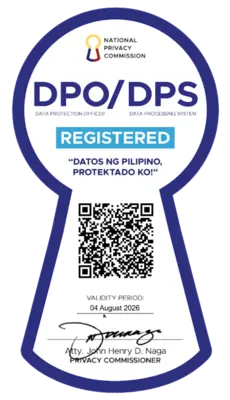GCash moves transaction messages to app inbox, removes links in SMS, emails
Globe-backed financial app GCash on Saturday said it is migrating transaction confirmation messages to its in-app inbox and removing clickable links in all emails and text messages to users.
In a statement, GCash said the move is in line with efforts to combat scammers and fraudsters.
Starting October 5, the mobile wallet said users’ “SEND MONEY” confirmation SMS will be moved from the text message inbox to their in-app inbox.
The confirmation for “BUY LOAD” and “BANK TRANSFER” transactions will be moved to the in-app inbox starting October 12.
“These messages will also be available under the ‘Transactions’ button on the app which has your transaction history,” GCash said.
The mobile wallet, meanwhile, said the removal of clickable links on text messages and emails comes on the heels of the National Telecommunications Commission’s (NTC) order to block links in text messages which are seen as a significant deterrent against scammers.
The Bangko Sentral ng Pilipinas (BSP), likewise, called on its regulated financial institutions to undertake several steps in cracking down on cyber fraud and other attacks to financial services, it said.
"These changes are in line with our own #SafeWithGCash campaign that aims to ramp up investments, partnerships, as well as educational and awareness programs on keeping our services safe and secure for our 69 million users,” said Martha Sazon, president and CEO of GCash.
“The safety of our users is our utmost priority and we continue to invest and implement world-class security measures to protect customer data,” said Sazon.
“Migrating the transaction confirmation messages will help ensure users are getting only legitimate messages regarding their GCash transactions,” said Ingrid Rose Ann Beroña, chief risk officer of GCash.
The top Philippine e-wallet has been adamant in ensuring the protection of personal data and accounts of its customers by employing various security measures, including cyber threat detection and analytics, vulnerability scanning, as well as incident response and forensics. — DVM, GMA News




